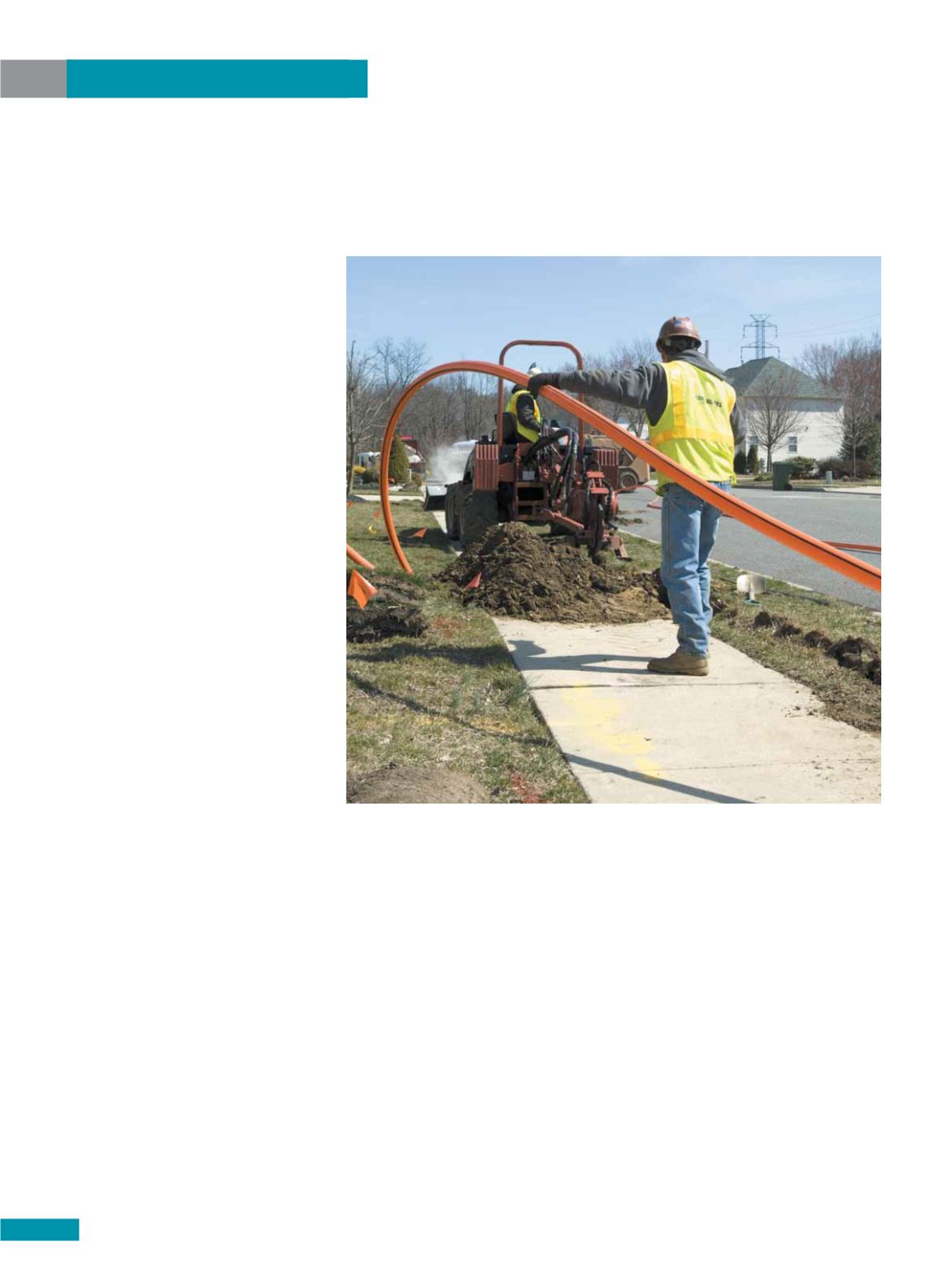

76
C AB L I NG CONNE CT I ON
AUTUMN 2 01 5
TROUBLESHOOTING
The NBN via FTTN
U
nfortunately, internet access over
the existing copper telephone
cable network is woefully slow in
many places in Australia, particularly in rural
and regional areas. This has been a long-
standing thorny issue.
The previous Labor Federal Government
decided to address this problem by
launching an initiative to provide a
National Broadband Network (NBN).
The NBN is a national, wholesale-only,
open-access high-speed data network.
A key feature of the initial
implementation of the NBN was the
installation of fibre all the way to the
customer’s premises (Fibre to the
Premises, or FTTP), wherever it was
deemed to be viable. The remainder was
to be served by fixed wireless or satellite.
An organisation named NBN Co. was
created, via the NBN Co. Act (2011), to
oversee the implementation of the
Government’s NBN strategy.
While the FTTP solution certainly has
the capability to provide a quantum leap
in performance over the various existing
copper access counterparts, it came at a
cost ($A43 billion over a 10 year timeframe
was one early estimate).
With the change of government in
2013 came a review of this strategy,
particularly in the light of Australia’s
rapidly deteriorating economic
circumstances. The mining boom was
coming to an end and there was a large
debt that was inherited from the previous
government. There arose a need to reign
in government expenditure and included
in this was a rationalisation of how the
remaining NBN was to be implemented.
The solution adopted by the new
government is known as Fibre to the
Node, or FTTN.
COMMUNICATIONS CABLING -
BANDWIDTH VS REACH
With any form of communications
cabling, the bandwidth (and hence link
speed) it can support is dependent on
both the characteristics of the medium
(be it copper or fibre) and the distance
over which the link is to be run.
As a general rule, the longer the
link length, the lower the bandwidth
it can support.
This is why fibre optic cable link
performance is specified in terms of the
product of bandwidth (in MHz) and the
link length in kilometres (i.e. MHz-km). For
example, a link based on 50/125μm fibre is
specified as 500MHz-km.
Similarly, Category 6 copper cable links
for local area networks (LANs) are tested to
250MHz for transmission performance, but
this applies to 100m long links. Achieving
Cat 6 performance compliance is not
It is generally recognised
that in today’s business
environment, high speed
internet access is essential for
economic growth, job creation
and global competitiveness.
George Georgevits
looks at the
basics of FTTN.
















